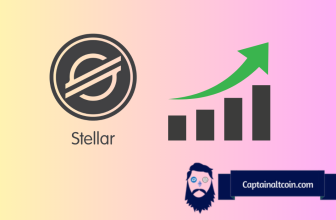
The network upgrade to Ethereum 2.0 brought with it the shift from the mining or “proof of work” model of transaction validation to staking or “proof of stake.” This has excited many because of the supposed advantages.
However, Ethereum staking is far from perfect. The ability to earn rewards for ETH staking comes with some risks. While it is true that staking means that validating transactions and gaining some ETH no longer require as much computing power, Ethereum users need to be mindful of the drawbacks.
A new paradigm
Ethereum users who have been accustomed to mining will need time to acclimatize to the new setup in validating transactions. There are new terms and concepts with which they need to become familiarized. In particular, ETH2 staking is not a straightforward and uniform process. There are different platforms for staking that come with varying features.
Many staking platforms are custodial, which means they provide a centralized service wherein they undertake the staking on behalf of the user. In the process, the service provider takes custody of the withdrawal and private validator keys of the user.
This new paradigm alone is a risk for ETH users. The unfamiliar setup may open opportunities for cybercriminals. With users still learning the ropes of the new system, they may fail to watch out for various risks as described below.
Others, however, offer non-custodial staking services, which do not require users to surrender their private validator and withdrawal keys to the staking platform. There are also staking platforms that sit in between, referred to as semi-custodial, because they only take custody of the validator keys, not the withdrawal keys.
Risks and threats
One of the most serious concerns of Ethereum staking is severe slashing or the burning of a portion of a user’s stake. Just recently, dozens of Ethereum 2.0 validators were slashed or expelled from the network and penalized. They were reportedly trying to improve the efficiency of the validation system, but their efforts unfortunately resulted in a security bug. The validators were suspended from Ethereum 2.0 after they were found to have produced competing blocks on the network.
Even if users don’t have malevolent intentions, they can still be subjected to slashing in Ethereum staking. Fortunately, there are staking platforms that try to address this by covering the penalty. Still, it does not sound right to be punished for accidentally causing problems.
Other risks and threats are the reduction of the staking rewards and the possibility of ETH theft especially under custodial and semi-custodial arrangements. Since the platform is given custody of some or all of the keys, users do not have control over what happens to the keys. They become fully reliant on the guarantee provided by the staking platform.
This is not to say that users have to be skeptical about Ethereum staking. The point is that everyone has to be cautious, especially when dealing with a new setup and way of doing things. The Ethereum network upgrade is by no means a cause for concern, but users should take time to learn more about it.
Image: https://pixabay.com/photos/coin-currency-ethereum-ether-5511355/







